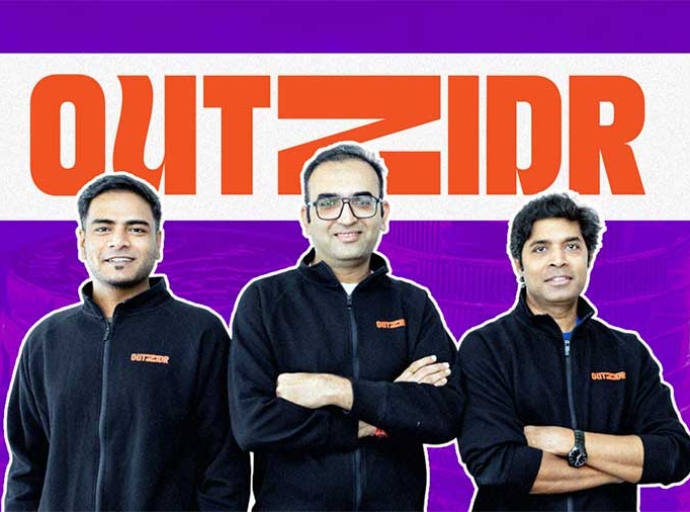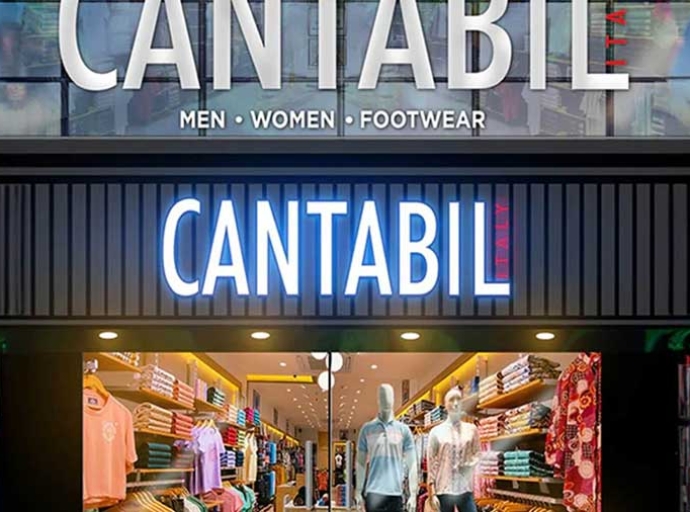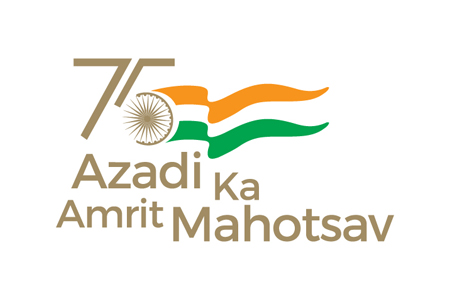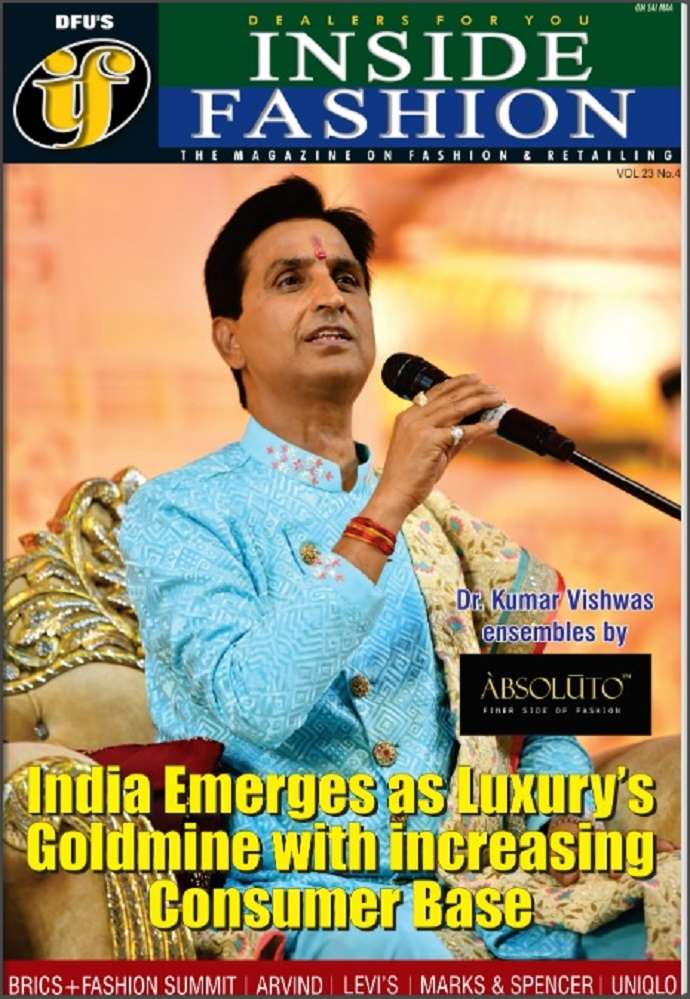India's Fashion Magnetism: Global brands flock to the subcontinent
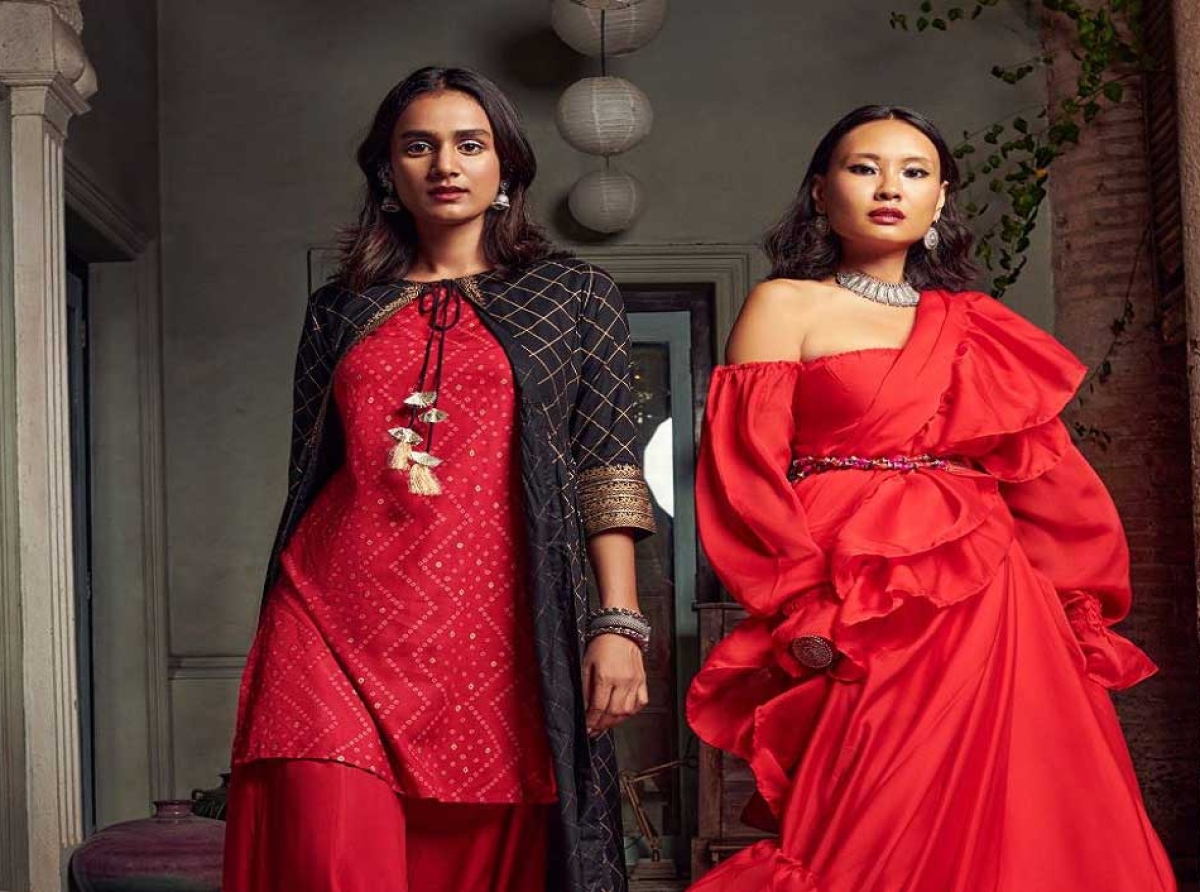
09 January 2025, Mumbai
India's rapidly increasing fashion scene is attracting a lot of attention from global brands and retailers, who are drawn to the country's massive and youthful consumer base, rising disposable incomes, and growing preference for international styles.
This trend is reflected in impressive sales figures, ambitious expansion plans, and targeted initiatives by these brands to capture the Indian market.
Several major international fashion players have reported significant growth in India, with the country contributing a substantial portion to their global revenues.
Here's a glimpse:
Table: Brands and their market share in India
|
Brand |
Share of Sales from India |
Growth Percentage (YoY) |
|
H&M |
5% (estimated) |
40% |
|
Zara |
4% (estimated) |
40% |
|
Uniqlo |
3% (estimated) |
60% |
|
Levi Strauss |
2% (estimated) |
54% |
|
Marks & Spencer |
3% (estimated) |
54% |
Note: These figures are based on publicly available data and industry estimates. Actual figures may vary.
These brands have already established their retail presence in India and covered sufficient ground especially in metros. For example, H&M the Swedish fast-fashion giant has been aggressively expanding its presence in India, both online and offline.
They have opened stores in tier-II, III cities, launched localized collections, and collaborated with Indian designers to appeal to local tastes.
Similarly, Zara the Spanish apparel retailer, has also witnessed strong growth in India, driven by its trendy offerings and competitive pricing. Zara has focused on prime locations in major cities and has invested heavily in its online platform to reach a wider audience.
Uniqlo, the Japanese casual wear brand, has made significant strides in India with its focus on functional and affordable clothing. Uniqlo has partnered with local manufacturers and suppliers to ensure sustainable sourcing and has launched initiatives to promote local talent.
Global brands are employing various strategies to cater to the Indian market, they are focusing on localization. That is, they are adapting product offerings, marketing campaigns, and store formats to suit Indian preferences and cultural nuances.
Also, they are focusing on omni- channel retail to provide a seamless shopping experience. Also on the cards are collaborations with local designers, manufacturers, and e-commerce platforms to leverage their expertise and reach. And they are implementing environmentally and socially responsible initiatives to resonate with the growing awareness among Indian consumers.
While the Indian market presents immense opportunities, global brands also face challenges in their growth path. For example, they face intense competition from both local and international players in the Indian market.
Then there are limitations in infrastructure and logistics that can pose hurdles. Navigating the complex regulatory landscape is also a challenge.
Despite these challenges, the long-term outlook for global fashion brands in India remains positive. By understanding the unique dynamics of the Indian market and adopting innovative strategies, these brands can tap into the immense potential of this growing fashion powerhouse.
Latest Publications




